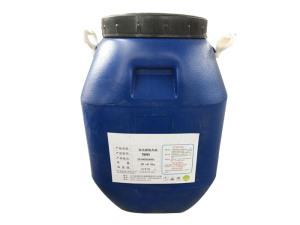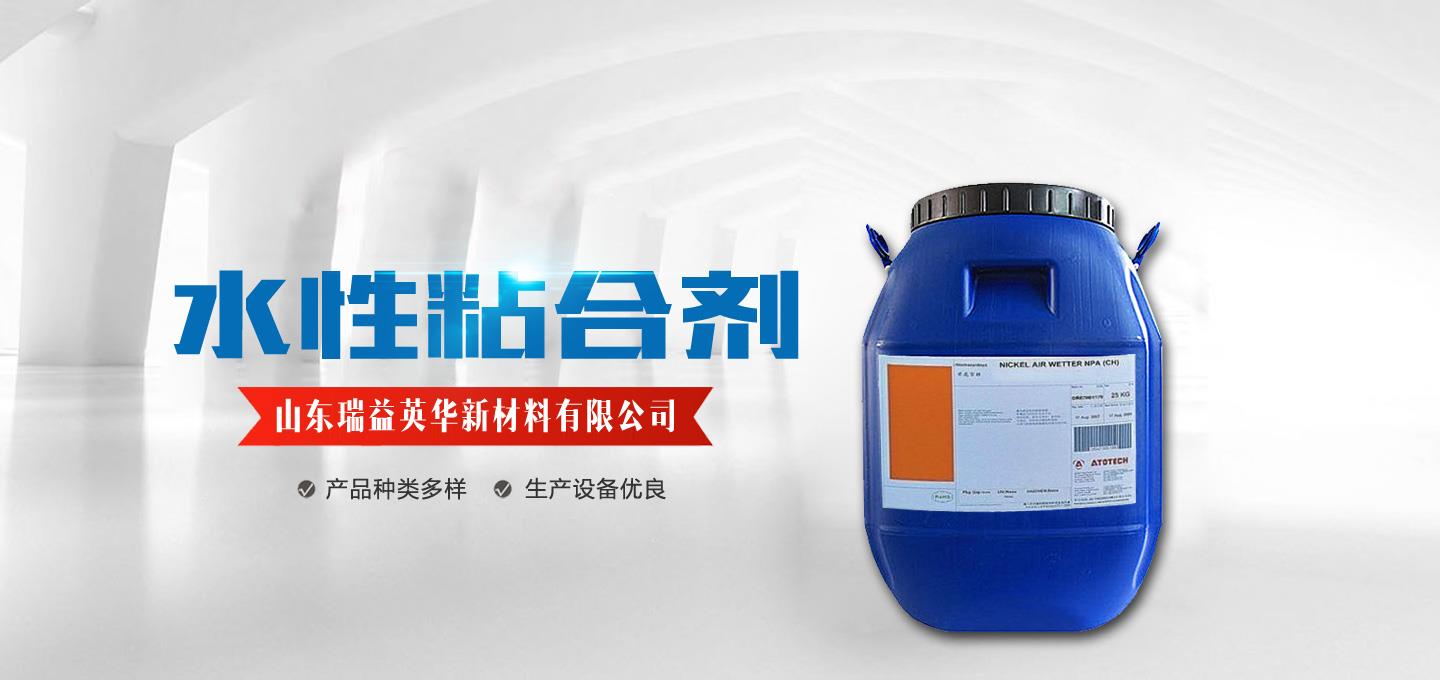1. The effect of leveling on gloss of varnish
The leveling of water-based varnish is another important factor affecting its gloss. It is affected by the viscosity, pH and surface tension of varnish.
If the varnish has good leveling property, it can be quickly leveled before the coating is dried to form a smooth surface, and the coating will have a high gloss; if the varnish cannot be dried before leveling, Will leave some streaks, trachoma, etc., to reduce its gloss.
The key factors affecting the leveling are the leveling viscosity and drying speed of the varnish in the leveling process. If the leveling viscosity can be kept low, and the initial change rate is small, the coating can be leveled faster. The leveling viscosity is related to the viscosity, pH value, thixotropy of the aqueous varnish and the absorption rate of the coated object. The drying speed also affects the leveling property. If the speed is low, the rate of change of the leveling viscosity is small, and the time for leveling is also large, which can fully level.

2. The effect of viscosity on the gloss of water-based varnish
The viscosity of the varnish has a very important influence on the coating suitability such as leveling and wetting during the coating process. This is because the surface of the printed matter has certain absorbency to the varnish, and the absorption rate of the varnish on the surface of the printed matter is proportional to the viscosity value of the varnish. If the viscosity value of the varnish is too small, when coating paper with high absorption rate, it will cause the viscosity of the varnish to change too much during the leveling process. At the initial stage, its viscosity can still meet the leveling requirements. However, in the middle and late stages, the viscosity of the varnish increases significantly, and it is difficult to meet the leveling requirements. As a result, the leveling ends prematurely, causing uneven coating on the surface of the printed matter, and some local under-varnishes affect Smoothness and gloss after drying and calendering.
When coating a printed product with a low absorption rate, if the viscosity is too low, sagging will occur, resulting in problems such as uneven coating and poor drying. If the viscosity is too high, the leveling requirement cannot be reached and the leveling ends prematurely, and the gloss becomes poor.
3. The effect of PH value on the gloss of water-based varnish
The pH value of the glazing oil is mainly adjusted by ammonia water. Generally, the pH value of the aqueous glazing oil should be controlled between 8 and 9. If the pH value is too high and the alkalinity is too strong, the viscosity of the varnish will be reduced, affecting the gloss, and at the same time the drying speed will be slower and the water resistance will be poor; when the pH is too low, the alkalinity will be too weak, the viscosity will increase, and ammonia Too fast to evaporate in the leveling process, so that the leveling ends too soon, affecting the gloss.
Related Industry Knowledge
- Precautions for storage and use of pure water-based sealant
- What are the causes and solutions of window paste that cannot be cured normally?
- What are the factors that affect the quality of glue-gluing?
- What is the effect of the curing amount on the drying speed of the laminating adhesive?
- What are the coating methods of pure water-based sealant?
- What are the factors that affect the gloss of water-based varnish?
- Several factors causing problems in glue-gluing
- How to solve the white spots and disappearance of aluminum coating film adhesive?
- What problems should be paid attention to in the use of gluing?
- What problems should be paid attention to when using pure water-based sealing glue?
- Application of laser film glue on pressed flower cards
- Status and development of window adhesive
- Take you to know the laser film adhesive
- Why is the aluminum foil glue so supernatural
- How to solve the problem that the glue box is not fast
- Acrylic emulsion technology maintains the stable concentration of the product
- Precautions when using water-based varnish
- Application process and precautions of aluminum coated film adhesive
- What is the role of aluminum foil tape
- Selective decomposition of laminating adhesive


